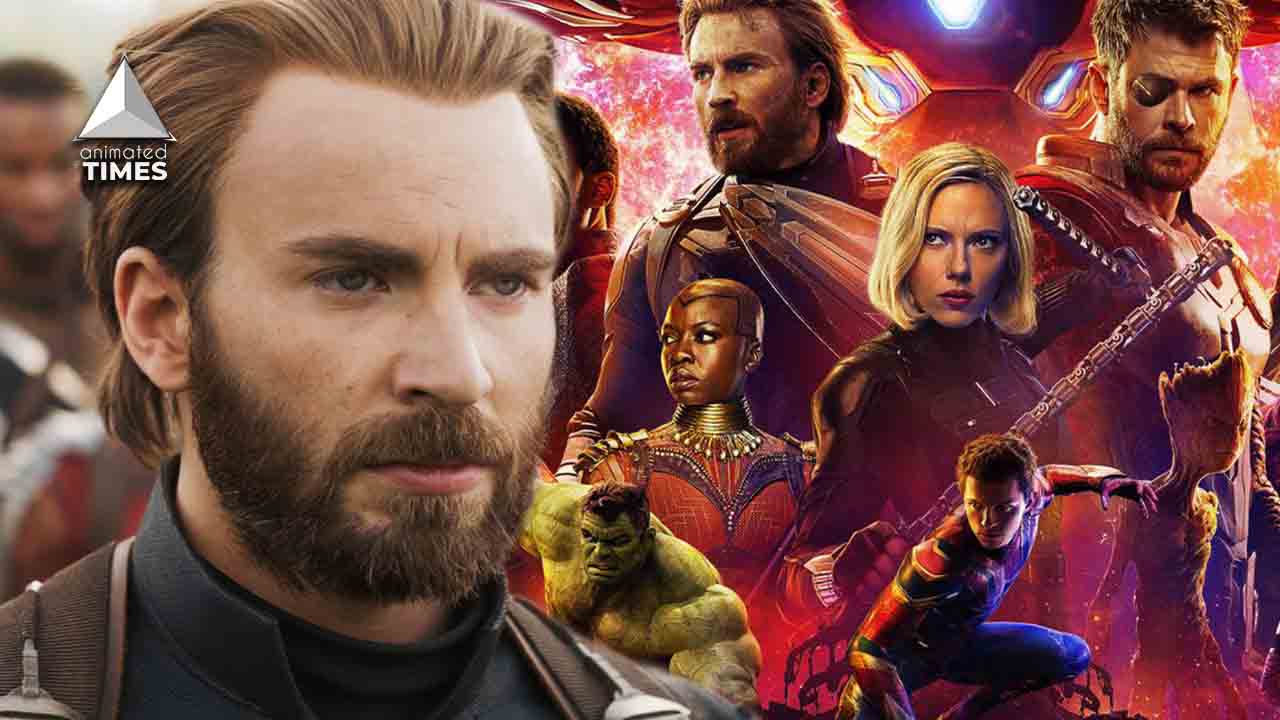The Most Important Theme In Infinity War Supports Cap’s Fatal Decision
Light-hearted comments about Captain America from The Marvels director, Nia DaCosta:

Nia DaCosta, the director of The Marvels, recently made some lighthearted remarks regarding Captain America. She feels his decision to save the Vision in Avengers: Infinity War endangered half of all life, according to the director. It’s an intriguing point of view in a film where every action has enormous ramifications, and logically, the Vision’s decision to sacrifice himself may have been correct. Having said that, the film’s sacrifice motif sets up an alternative perspective that validates Captain America’s action. Every life, according to Steve Rogers, is as valuable as a thousand. His no-one-left-behind attitude has also served the character well throughout the years. In the Marvel Cinematic Universe, his action to save the 107th Division insured the survival of a whole division while also revealing well-guarded Hydra secrets. Steve’s determination to defend his friend Bucky also resulted in his pal becoming a hero who has rescued the world on several occasions. However, while defending his friend, Steve experienced his first taste of the short-term consequences of his long-term decisions.
By Protecting Bucky From Authorities, Cap Tarnished His Relationship With Tony Stark:

By sheltering Bucky from authorities, he harmed his connection with Tony Stark and contributed to the Avengers’ demise. After the Vision laid forth a scheme in which Wanda Maximoff would shatter the Infinity Stone, Steve was given another chance to make a far darker option in Infinity War. The Earth would be protected from Thanos and the Infinity Gauntlet as a result of his sacrifice. Thanos’ views on sacrifice are contradicted by Steve’s decision not to sacrifice the Vision. Thanos perceives himself as the blade that enacts the demands of his mission, but Steve Rogers will do whatever to rescue everyone. Thanos, for example, forced himself to sacrifice his daughter Gamora in order to gain the Soul Stone. To him, he thought he did the right thing for a greater purpose. Even if he was successful in destroying all life, his victory was hollow. Those that survived The Blip were left despondent, unhappy, and fearful of what the future held. The outcome of the Mad Titan’s action demonstrated that his plan was a solution, but it was not the one that was required.
Steve Rogers never gave up hope that there was a way to stop what Thanos started:

Steve Rogers, on the other hand, never lost faith that there was a way to put a stop to what Thanos had started. Scott Lang eventually returned and offered them the idea of time theft, which they accepted, proving him correct. The Avengers gathered to get fresh Infinity Stones, and they were able to undo Thanos’s actions thanks to Steve’s perseverance. Having said that, sacrifice was still a factor in the deaths of Natasha Romanoff and Tony Stark. But, like Thanos, these deaths looked to be unavoidable, even though there was still hope for the Vision. Captain America and Thanos are two sides of the same coin. Whereas one side thinks that all life is valuable, the other feels that sacrifice is required to have a flourishing life. While Thanos and the Vision’s intentions are logical, they lack the soul required for existence to have purpose. This is seen in how the Blip survivors dealt with the loss of loved ones. Captain America’s concept of rescuing the Vison and every life in the process, on the other hand, demonstrates that the worth of life overrides rationality and that sacrifice should not be planned or coerced. The triumph of Avengers: Endgame and the Avengers proves that Cap’s resolve to safeguard the Vision was warranted.
Source: CBR.com





